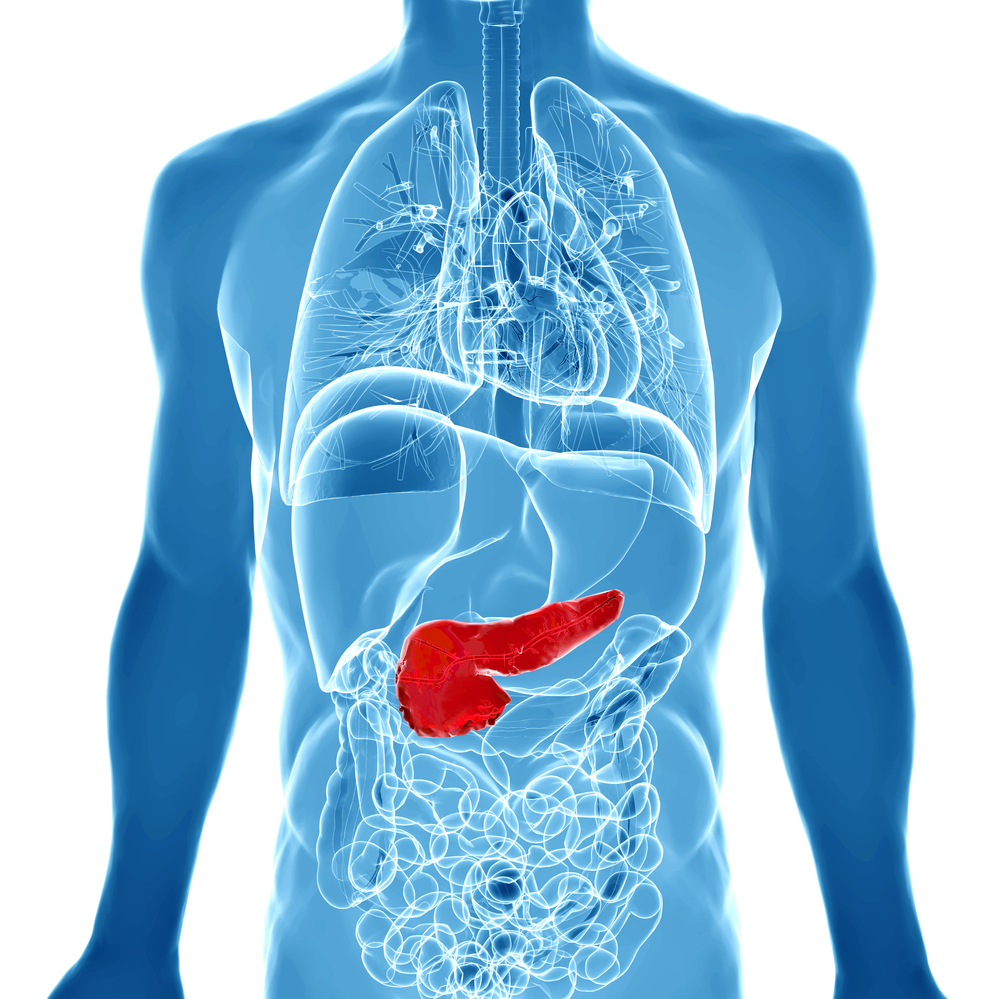Gaucher Disease a Rare Cause of Liver, Spleen Enlargement, Case Report Finds
Written by |

Hepatosplenomegaly — enlargement of the liver and spleen — can develop as a result of Gaucher disease in adults, according to a case report.
The case report, “Gaucher disease in an adult: A rare cause of hepatosplenomegaly in adults,” was published in the journal Northern Clinics of Istanbul.
Physicians reported the case of a 19-year-old woman with no prior significant medical history who came to the hospital with weakness. Upon physical examination, physicians discovered that the patient had hepatosplenomegaly. The woman had no peripheral lymphadenopathies (disease of the lymph nodes).
Blood tests were conducted, which showed anemia and low platelet levels. Otherwise, the results were normal. Physician then checked the types of cells present in the peripheral blood and determined they were 60% granulocytes — a kind of immune cell that fights infections — and 30% lymphocytes.
Using a technique called color doppler ultrasonography, the patient’s liver and spleen were found to be enlarged, with no abnormalities on the functional parts of each organ.
Physicians screened the patient for a gene mutation of JAK2 and t(9;22) — which would be representative of blood malignancies such as atypical acute myeloid leukemia. However, the test came back negative for these mutations.
Therefore, they conducted bone marrow aspiration and biopsy to determine the presence of atypical cells. These analyses revealed significant levels of macrophages — a type of immune cell.
Those cells were further stained for biomarkers, which were found to be positive for CD68, lyzozyme, and TRAP, but negative for S100 and CD1a. The biomarkers, combined with the physical features of the biopsy, led researchers to diagnose the patient with Gaucher disease.
Physicians then determined the enzymatic activity of beta-glycosidase, which is commonly mutated in patients with Gaucher disease, and found that the patient had low beta-glycosidase.
Further genetic analysis revealed the patient had two mutations consistent with the diagnosis. The patient was started on Cerezyme (imiglucerase) — an enzyme replacement therapy that increases the levels of active beta-glycosidase.
The woman recovered and was healthy on the first-year follow-up with a reduction in the size of her liver and spleen.
“Hepatosplenomegaly is the most common finding; Gaucher disease should be kept in mind in patients with unexplained hepatosplenomegaly,” the researchers concluded.



